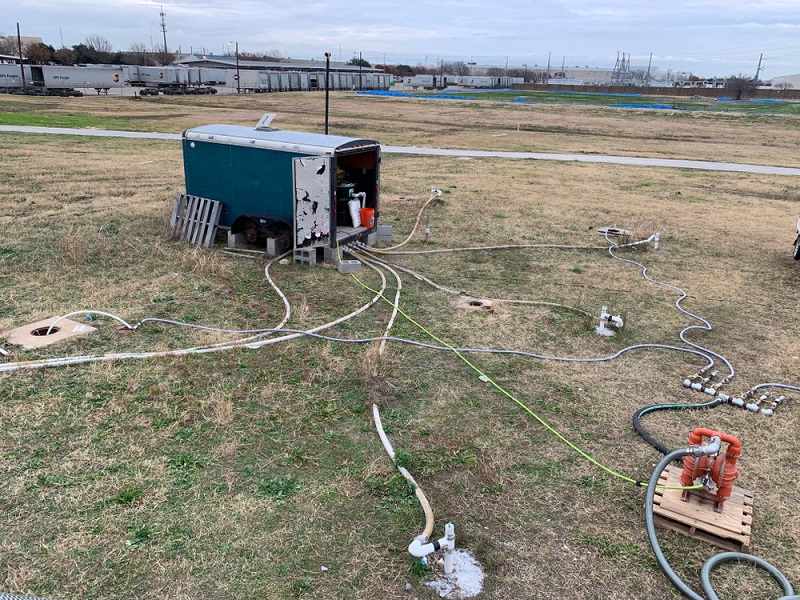In this modern sophisticated world, we have become dependent on machines to ease our work to a great extent. Industries are modernizing these days and have successfully contributed to improving the quality of life. Without any doubt, these modern technologies have made our life easier but have you ever thought about its impact on the environment? The chemicals, waste products produced from the factories collected in the soil and water are polluting the environment.
 |
| Soil Remediation Systems |
In order to recover the soil from the damages, the rules and regulations have been initiated. The waste products so generated are either dumped into the ground or discharged into the water thereby polluting the environment. Keeping this threat in mind, most of the industries are installing soil remediation systems to treat the contaminated soil. Over the past few decades, remediation and environmental cleanup services are being practiced by the industries. Being a vital necessity, it is important to keep the soil clean and fertile.
Everything About Soil Remediation Systems One Should Know
The government is taking keen steps to make it mandatory for the industries to install different environments and soil remediation systems. This is particularly because stress on the natural environment has drastically affected the atmosphere. Soil gets contaminated which makes the upper layer infertile. This further inhibits the crop and tree plantation which can be the source of a major crisis.
Before it is too late and we harm all-natural resources leaving nothing for the upcoming generations, industrialists should understand the importance of soil remediation systems and how it can save our environment. Take a look at the three basic techniques used in the remediation of soil.
- Physical removal of contaminated soil: In this technique, physical contaminants in the soil are dumped into a landfill. Although it would clear the upper infertile layer of the soil, it can lead to other issues like air pollution during the burning of these pollutants. Such techniques are used in these soil remediation systems so that these issues are eliminated with proper removal.
- Soil washing: Often regarded as the pump and treat method, harmful toxins are flushed away while using some chemical solvents. In such soil remediation systems, the contaminated soil is cleaned up without excavating it. In this process, chemicals are dropped into the soil that further removes the toxic elements to a well that later goes for further processing. This is an ideal solution if the soil under the contaminated layer is non-permeable.
- Bioremediation technique: In this phase, the soil is filled and treated with nutrients and water in an isolated area. This ensures better growth of microorganisms to make the soil fertile and good enough to grow plants.
There are remediation contractors who work in collaboration with contractors and industrialists to cope with disastrous situations. There are other techniques that are effective and easy as well. Being an industrialist, it depends upon you how much you invest in it. Apart from the soil remediation systems, groundwater, surface water, and sediment remediation is also an important concern which should not be ignored at any cost. As soil contamination has a serious impact on the well-being of living beings including the growing of plants and avoid deforestation, immediate actions should be taken in its conservation.
Industries are imposed with strict rules and norms, especially, if it is associated with the environment. Industrialists are taking active steps to ensure such products that minimally harm the environment. No matter how well the products are, if it is harming the environment, it would be of no use. Moreover, nature is our necessity to breathe and survive that might extinguish for the upcoming generations if any safety measures not taken.





